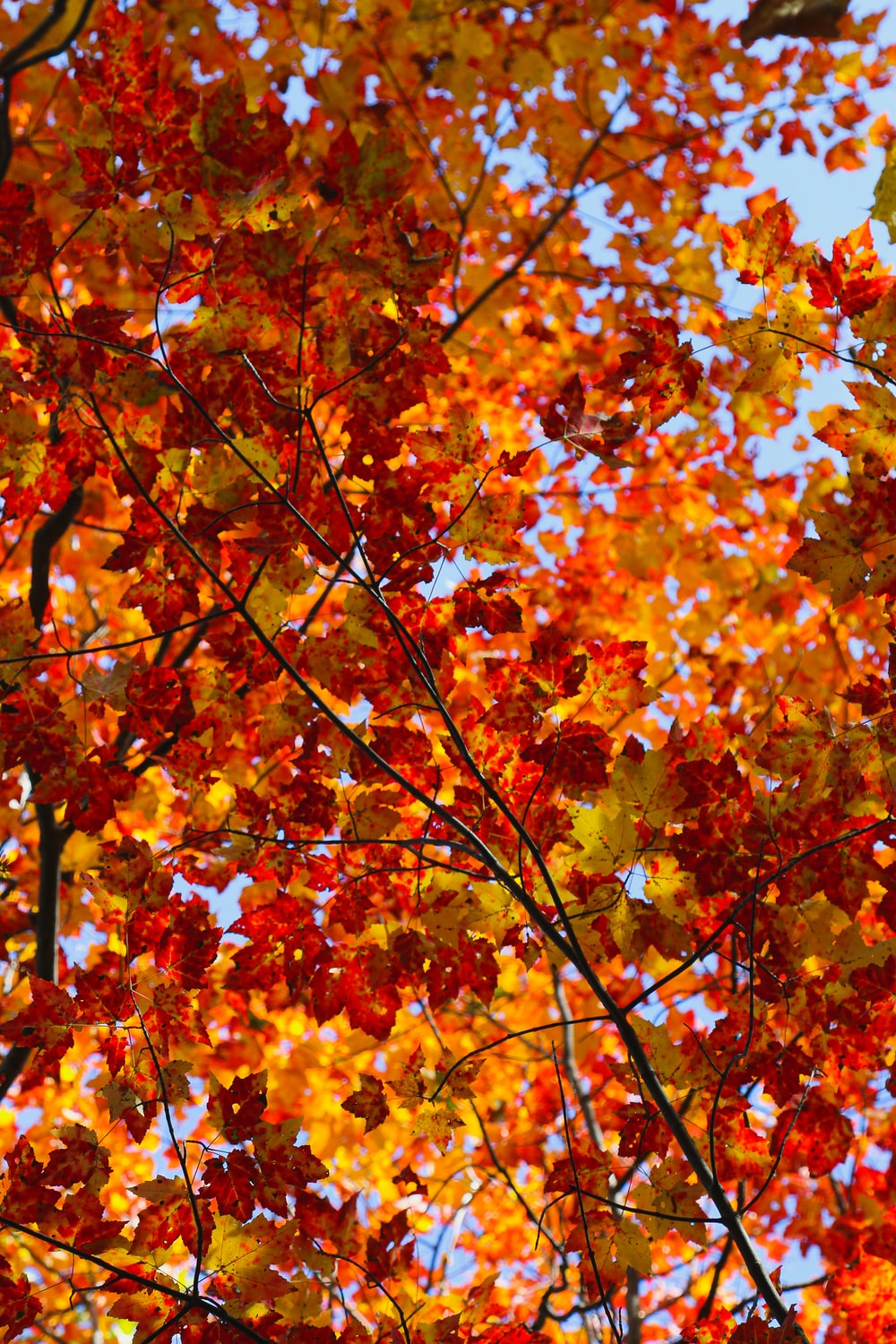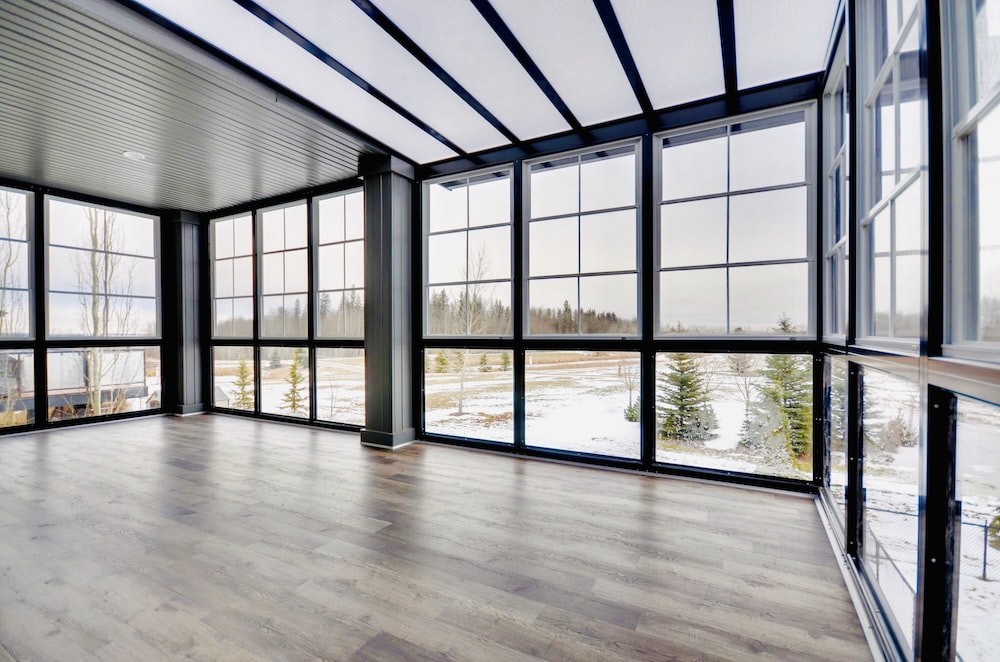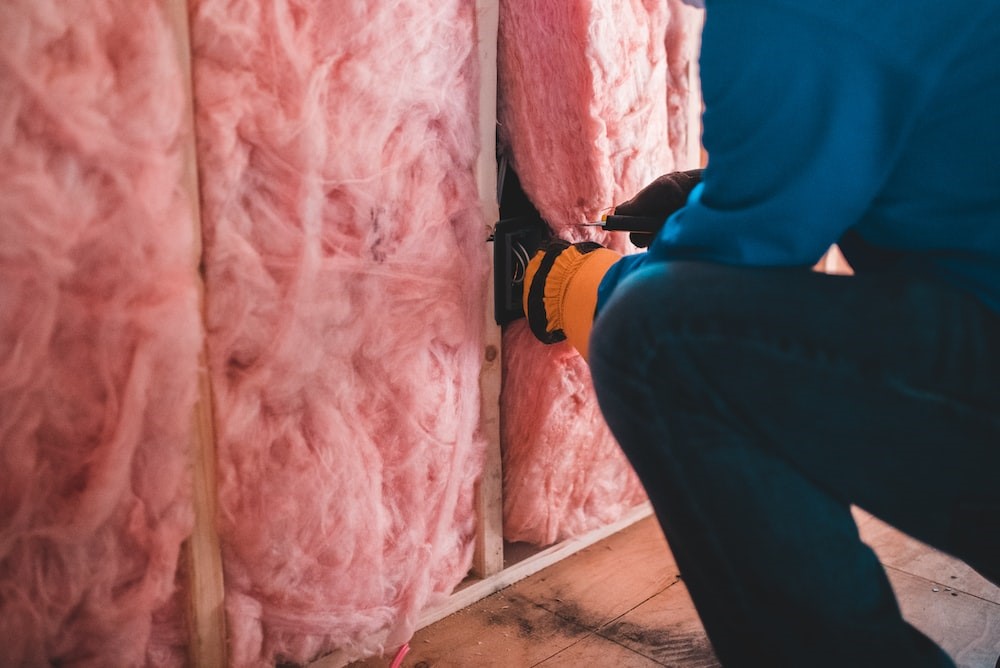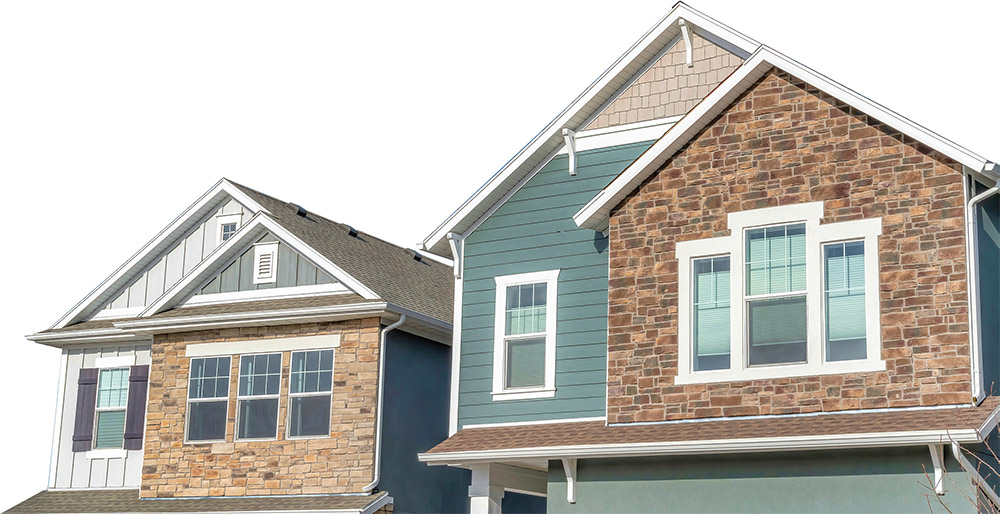The branches of your neighbor’s tree hang over the property line onto your property. Can you trim them back? There are many nuances to the legalities of trees on residential property.

In general, there is consensus that you have the right to trim branches from a neighbor’s tree encroaching on your property. There is also consensus that the facts in neighborly disputes over trees are rarely simple.
Situations involving boundary line trees — where the base of the tree touches both your and your neighbor’s property — can be even more complex and highlight the importance of having a survey to clarify where the property line is. Both neighbors have an ownership interest in a boundary line tree so the legal standards are different. Encroachment may not apply because you have an ownership interest.
In addition, Washington state law prohibits trespassing on your neighbor’s property for purposes of trimming a tree, and prohibits willfully damaging a tree. Because of these laws, caution around trimming tree branches is often advised. Willfully damaging a tree could include cutting it down, or harming its symmetry or structural integrity.
Who is responsible for what, including costs and damages, can depend, in part, on:
- History and use of the involved properties.
- Likelihood of harm.
- Definition of damage.
- Whether a tree is well maintained.
Best practices include:
- Stay calm and respectful.
- Speak to your neighbor about issues with their trees or a boundary line tree.
- Give your neighbor an opportunity to resolve the issue.
- Communicate your intentions.
The goal is for both neighbors to have a clear understanding and be satisfied with the outcome.






